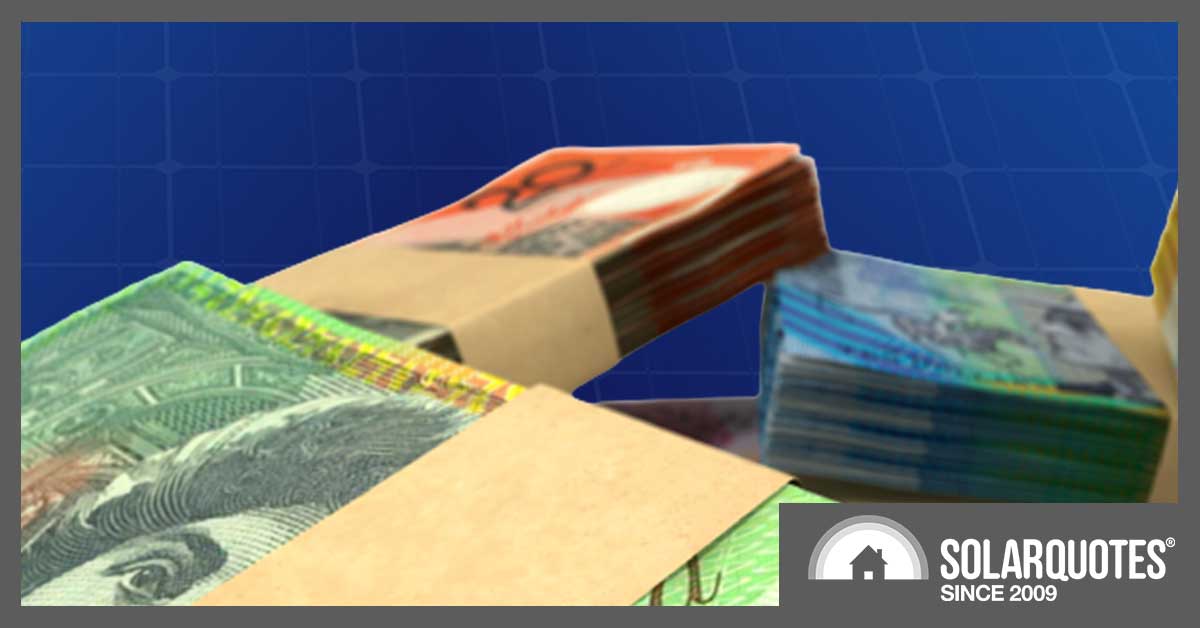The Clean Energy Finance Corporation (CEFC) is adding support for electrification and household energy upgrades to its existing mandate to support the development of clean energy in Australia.
The investment mandate announced this week makes various changes to the one left by the previous Coalition government, including directions for $20.5 billion worth of spending for various initiatives that include the Household Energy Upgrades Fund (HEUF).
The $1 billion HEUF provides discounted consumer finance to support investment in energy efficiency, high-performance appliances, and “battery-ready” solar PV installations.
The funding will be delivered through lenders like banks, similar to existing CEFC asset finance programs.
Two other programs to get investment through the new mandate are Rewiring the Nation, a $19 billion fund to support transmission to renewable energy zones; and $500 million for the Powering Australia Technology Fund, designed to increase the commercialisation of innovative clean energy opportunities.
The extra allocation for the CEFC was announced in June 2023.
SolarQuotes CEO Finn Peacock gives a qualified welcome to the household fund:
“Energy efficient appliances, electric cars, solar and batteries are generally high upfront cost but low total cost of ownership. The best way to finance these IMO is genuine no-cost loans. Not the ‘zero interest finance’ pedalled by so many companies that, in reality, front load the finance cost with a 25% or so premium added to the cost.”
“If the CEFC can cover the finance cost of green loans, so there is no extra cost for the vendor (which always gets passed to the consumer), then green upgrades such as heat pumps, insulation, glazing, solar battery systems can often become cash flow positive from day one.”
The other important change is to the rate of return for the CEFC’s general portfolio.
The previous government had set the rate of return for the portfolio at an average return 3-4% above the five-year Australian government bond rate.
This is now brought down to an average 2-3%, over the medium to long term.
Other changes include repealing the Sustainable Cities Investment Program, the Reef Funding Program and the Australian Recycling Investment Fund.


 RSS - Posts
RSS - Posts



Any idea when it might get rolled out?.
Similar to Nathan, although I’m a bit frustrated that there is very little information forthcoming – not even a timetable for rollout of this scheme. Given the policy imperative of global warming, I would expect a little more energy expenditure by the CEFC to get this program up and running asap.
Ideally knowing the available min/max amounts households can borrow would help people plan investments.
There’s finally been a update on the cefc’s website
“ Request for Proposal
The CEFC is seeking investment proposals from financiers for the purposes of offering discounted consumer finance to support household energy upgrades to existing residential dwellings, via the Household Energy Upgrades Fund. If you are an interested financier seeking the Request for Proposal, please provide your details.
Note: The RFP closes at 5:00 pm AEDT, 1 March 2024.”
“ 4.2I am a consumer: how can I apply for finance?
HEUF finance will be available through a range of individual co-financiers, who will engage directly with consumers. We will provide information about the co-financiers in the early part of 2024. Please note, the CEFC does not consider individual finance requests. See Q 4.9 for relevant disclaimer information.”